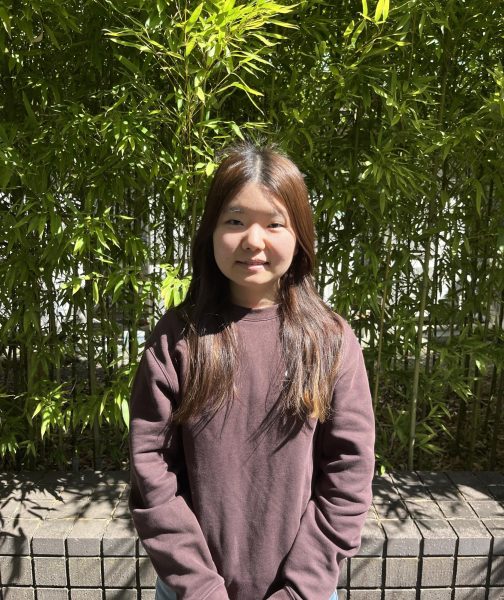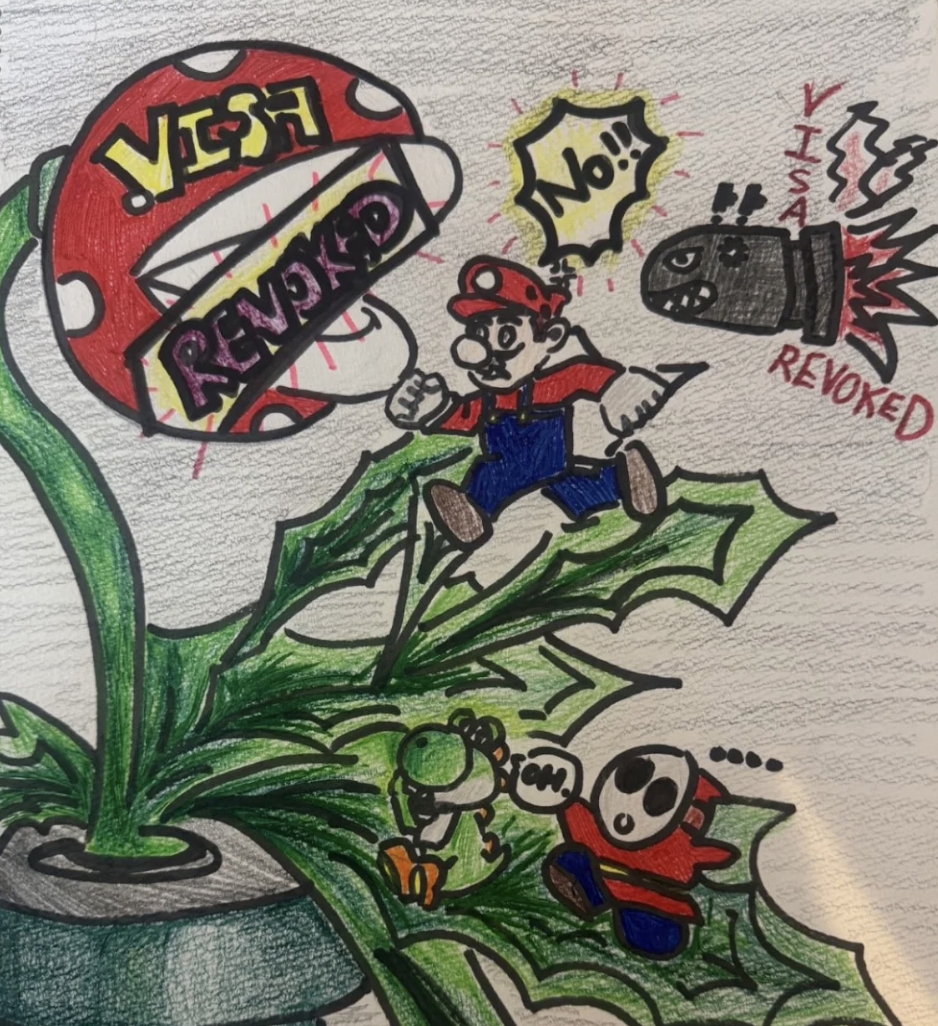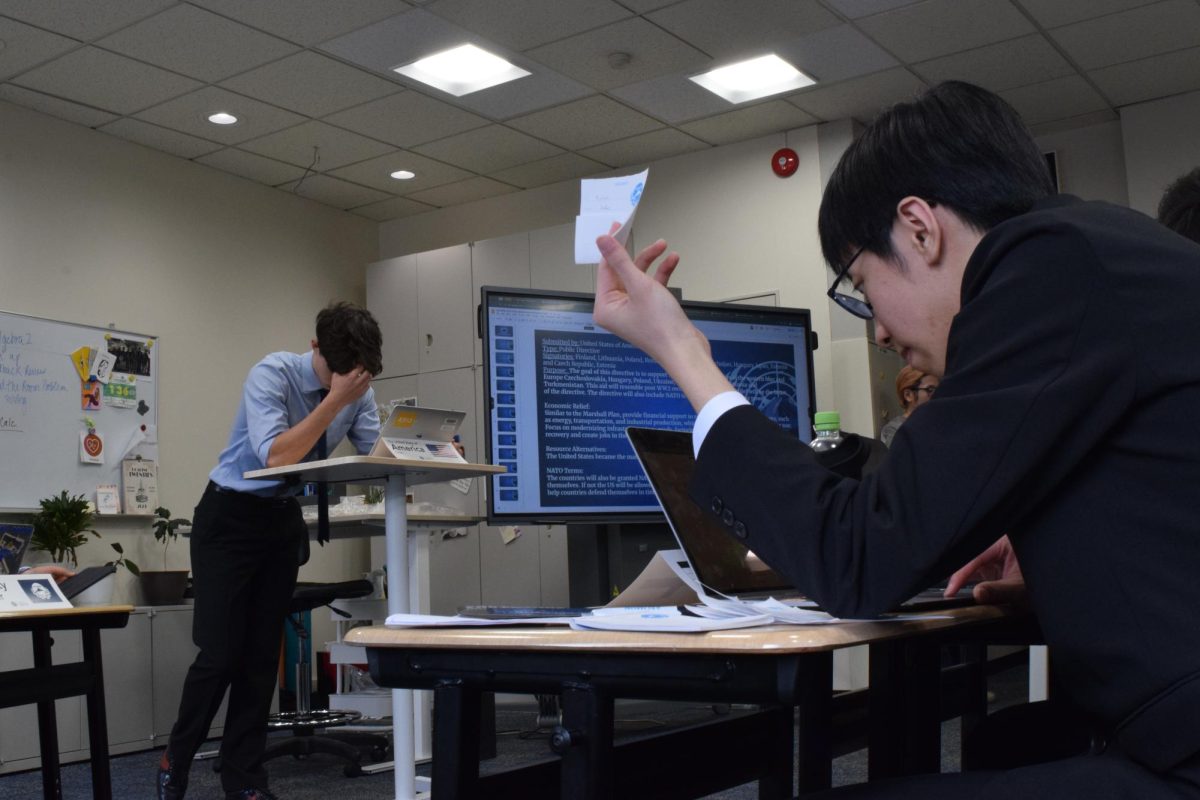Japan’s Pandemic Safety Blanket
October 6, 2020
There is a tendency for us to describe our times as “unprecedented” or “unparalleled,”as humanity is currently faced with the greatest pandemic since the last century. As challenging as these times may be, though, Japan’s fight against COVID-19 has been relatively successful. This seems to be tied to a centuries-long culture of collectivism, an asset its Western counterparts seem to lack.
The emergence of an incredibly resilient virus was recorded in February 1918, later classified as the H1N1 flu. Spreading rapidly through the population, the pandemic was nothing short of devastating, boasting a minimum death tally of 50 million by the dawn of 1919. Erasing any sense of normalcy and overwhelming the health infrastructure around the globe, the parallels that the Spanish Influenza of 1918 shares with the current COVID-19 pandemic are many.
Japan, in particular, suffered an estimated 200,000 deaths as a result of the Spanish Flu, a number favorably looked upon by its Western neighbors. That is to say that when measuring death as a proportion of population instead of total cases, Japan seems to have fared better than many other countries. This is quite notable when considering that the government played a minimal role in halting the spread of this respiratory virus; its main form of communication with the public was through posters dramatizing the effects and infection rate.
Even so, businesses remained open in Japan without interference from the government, and measures such as ordering a stay-at-home mandate were not taken, both for reasons unknown. Though mask mandates were enforced, these measures notably did not extend to the public and instead only affected the military and police.
Nearly a century has passed since the onset of the Spanish Flu, and Japan is in combat with yet another respiratory virus, COVID-19. With enhanced means of communication in place that can spread information in a matter of milliseconds, one may have expected swift governmental action to be taken to combat this new virus. Yet Japanese citizens were taken aback when notified of Prime Minister Abe’s late decision to declare a nation-wide emergency on April 7th, several weeks after Spain and the United States had already locked major cities down. The general dissatisfaction with Abe’s COVID-19 policies was reflected in his approval ratings, which sharply dropped by 10% from March 2020.
Despite general discontent with governmental politics enacted during this period, excess mortality rates seem to rarely hover above zero, and normalcy seems to have been restored in many parts of the country.
When comparing these two historical events, it seems that Japan has consistently fared better than most other countries, in spite of the government’s reluctance to respond in a bold and quick manner. This trend holds much significance, especially when coupled with the fact that many world leaders have enacted similar, if not stricter, policies in countries with lower population density.
Such a contrast in policy and governmental action raises a question: Why does Japan seem relatively immune to the catastrophic impacts of pandemics? Though it is difficult to definitively say that Japan’s success is directly related to a single policy or line of action, there may be several factors at hand that have contributed.
Firstly, mask-wearing is embedded in Japanese culture, thus explaining the diligence with which citizens wear masks both during and before the current pandemic. Citizens are also more likely to follow laws defined at both the governmental and bureaucratic levels, leading to higher compliance with social distancing and handwashing protocols put in place.
Underlying these actions is the highly collectivist and conformist culture of Japan. As displayed by the socially conservative attitudes of the Japanese and their heavy emphasis on social harmony in educational settings, the country has even coined a proverb reading “出る杭は打たれる”(derukuiwautareru), literally meaning, “ the nail that sticks out gets hammered down.”
Given the collectivist nature of Japanese society, it can be assumed that mass mask-wearing is largely due to people regarding the actions of the group as superior to their own. Thus, such incidents of rioting and protesting against mask mandates in highly individualistic countries such as the US are almost unimaginable in Japan. The fact that cloth and surgical masks have been observed to provide little protection for the wearer — instead only being effective in minimizing the spread of the virus to others — shows that the Japanese are willing to take actions beneficial to the general well-being of their community.
Such conformist attitudes towards preventative measures may in fact be crucial to the nation’s fight against COVID-19. Japan’s overwhelmingly collectivist culture serves as a powerful dam against the tides of chaos that seem to have drowned many Western nations in debt, disorder, and most regrettably, death.




















